Identify types of syllables in single syllable words with this Google Slides Interactive activity.
Here’s a Digital Learning Tool to Sharpen Skills in Identifying Types of Syllables
There’s no denying it – students enjoy dragging and dropping their way around interactive digital resources! This is the ideal resource to help expand your students’ phonemic awareness and enhance their literacy development. It encourages beginning readers to explore single-syllable words and identify their syllable type.
The types of syllables covered are:
- Open – syllables that end in a long vowel.
- Closed – syllables containing one short vowel, with the vowel being followed by one or more consonants.
- Silent ‘e’ – syllables that have one long vowel, with the vowel being followed by a consonant and a silent ‘e’.
To identify types of syllables, students must focus their attention on the sounds they hear rather than the letters they can see.

Is ‘y’ a Vowel or Consonant?
‘Y’ is a bit of an imposter when it comes to vowels! While it is technically a consonant, ‘y’ sometimes functions as a vowel. It is important to consider:
- when ‘y’ works as a long ‘e’ sound, e.g. ivy, pony
- when ‘y’ works as a short ‘i’ sound, e.g. symbol
- when ‘y’ works as a long ‘i’ sound, e.g. cry, sky
In each of these cases, ‘y’ is acting as either a short or long vowel.
Three-Syllable Activities in One Interactive Resource!
There are three different types of interactive activities included in this resource. Each activity increases in complexity.
- Students drag and drop hats onto the heads that are displaying words that are open or closed syllables.
- Students drag labels across to pictures to indicate whether they are open, closed or silent ‘e’ syllables.
- Students place labels beneath individual letters (graphemes). The labels we’ve included are: V for vowel; C for consonant; VCe for vowel + consonant + silent ‘e’.
Tips for Differentiation + Scaffolding
If you have a mixture of above and below-level learners, we have a few suggestions for keeping students on track with these concepts:
🆘 Support Struggling Students
- Provide students with a whisper phone to help them hear the sounds in each syllable/word as they complete the activity.
➕ Challenge Fast Finishers
- Have students create word banks of one-syllable words for each syllable type (open, closed, silent ‘e’).
🧑🏫 Group Learning
- Project the slides onto a screen and work through them as a class by having students record their answers in their notebooks or mini whiteboards.
Easily Prepare This Resource for Your Students
Use the dropdown icon on the Download button to choose between the editable Google Slides or PowerPoint version of this resource. There is also a printable PDF that contains all of the answers.
Assign this interactive activity to Google Classroom. Please be sure to open it in edit mode, not presentation mode. Students click/drag/drop to complete the various activities.
Are you looking for more evidence-based resources to complement your teaching of syllables? We have you covered!
| [resource:4815416] [resource:4818251] [resource:4814218] |
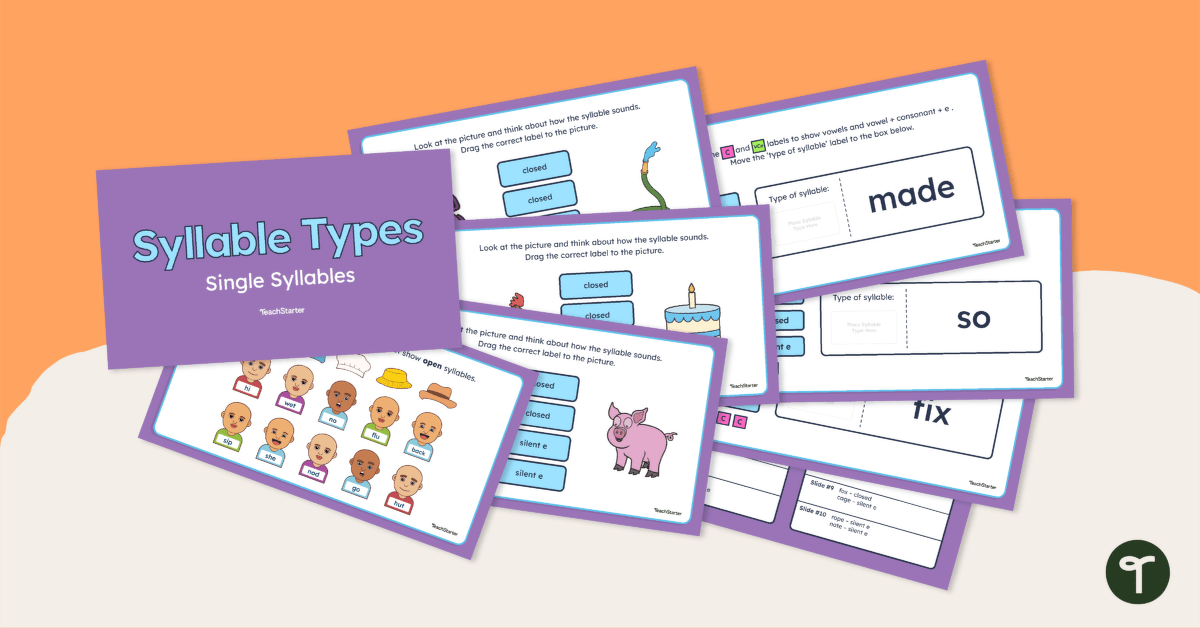


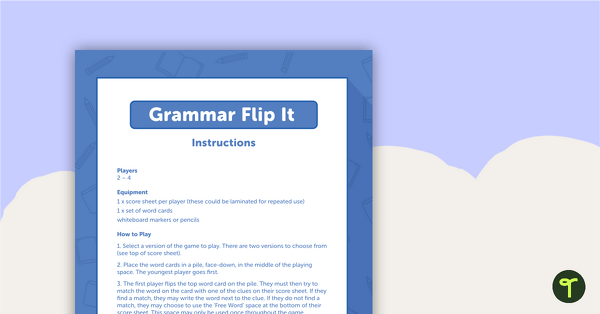
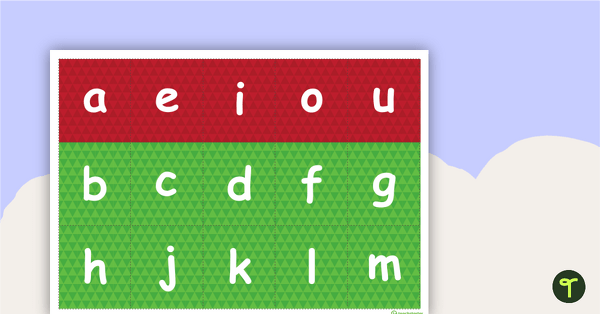
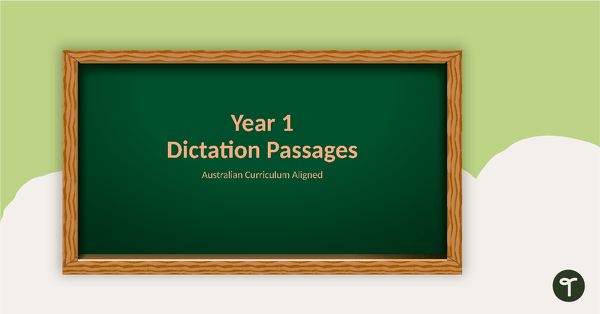
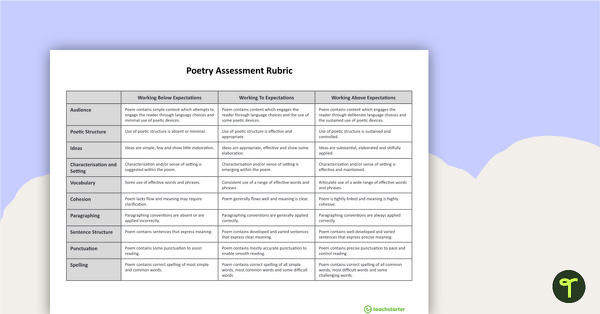
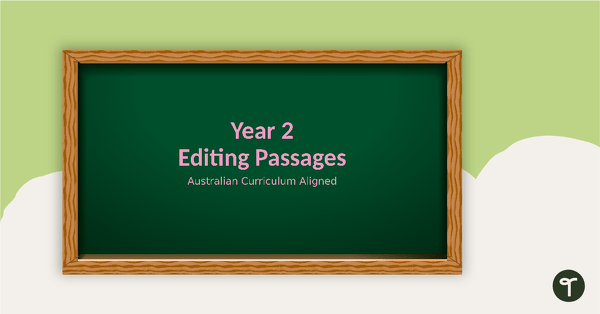
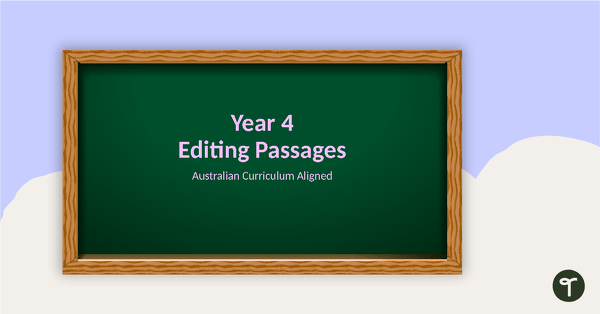

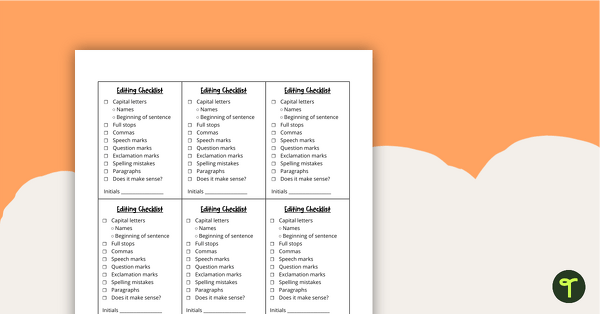
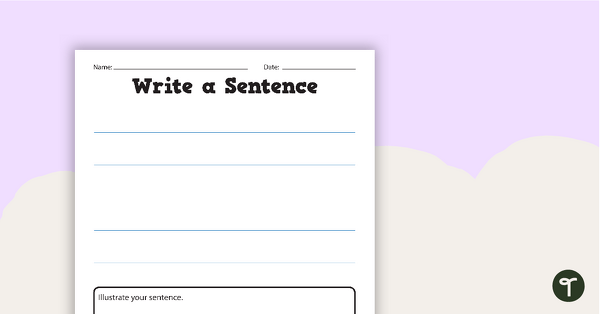
0 Comments
Write a review to help other teachers and parents like yourself. If you'd like to request a change to this resource, or report an error, select the corresponding tab above.